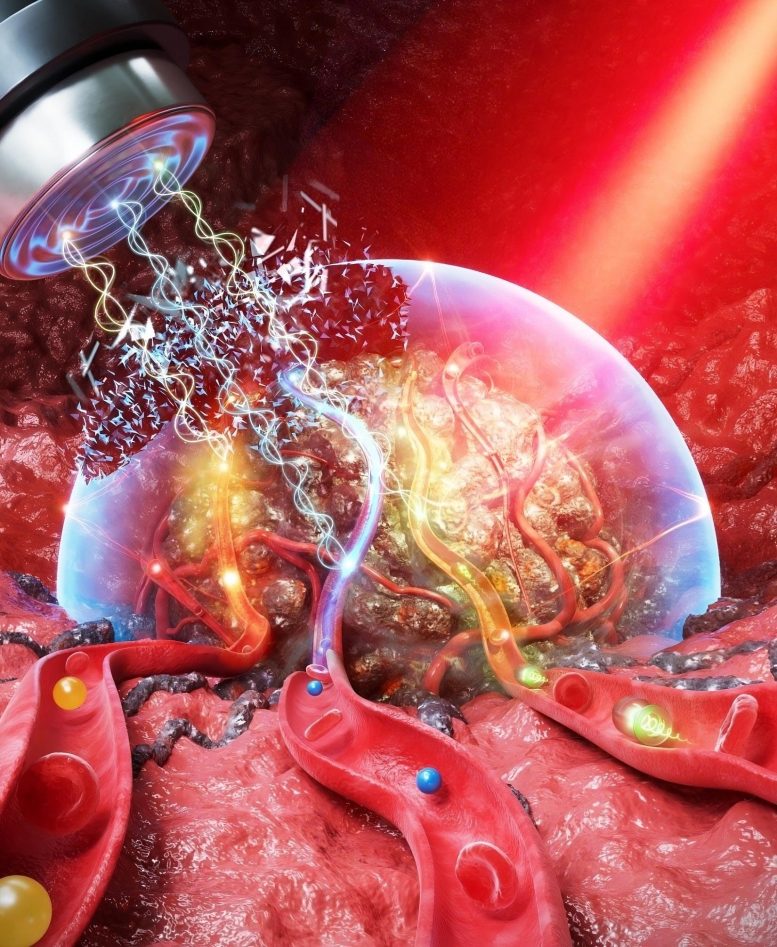
Professor Chulhong Kim’s team at POSTECH has compiled and published a four-year study in Chemical Reviews on improving contrast-enhanced photoacoustic imaging, detailing strategies to overcome its physical and practical challenges, and suggesting future research directions to potentially enable its next-generation advancements. Credit: POSTECH
A group of researchers at POSTECH, directed by Professor Chulhong Kim from the departments of Electrical Engineering, Convergence IT Engineering, and Mechanical Engineering, has recently completed a comprehensive analysis of their groundbreaking research in contrast-enhanced photoacoustic imaging. This research, which spanned the past four years, was recently published in the journal Chemical Reviews.
Over many years, the scientific community has explored the potential of photoacoustic imaging as a tool for biomedical imaging. Nonetheless, despite the improved optical contrast and ultrasonic spatiotemporal resolution it offers, photoacoustic imaging encounters certain physical obstacles. These include a low signal-to-noise ratio (SNR), diminished image contrast due to substantial optical attenuation, and a lower limit on spatial resolution when imaging deeply into tissues.
In addition to these challenges, contrast-enhanced photoacoustic imaging encounters practical hurdles such as a lack of effective cell-specific targeting due to low delivery efficiency and difficulties in developing clinically translatable agents.
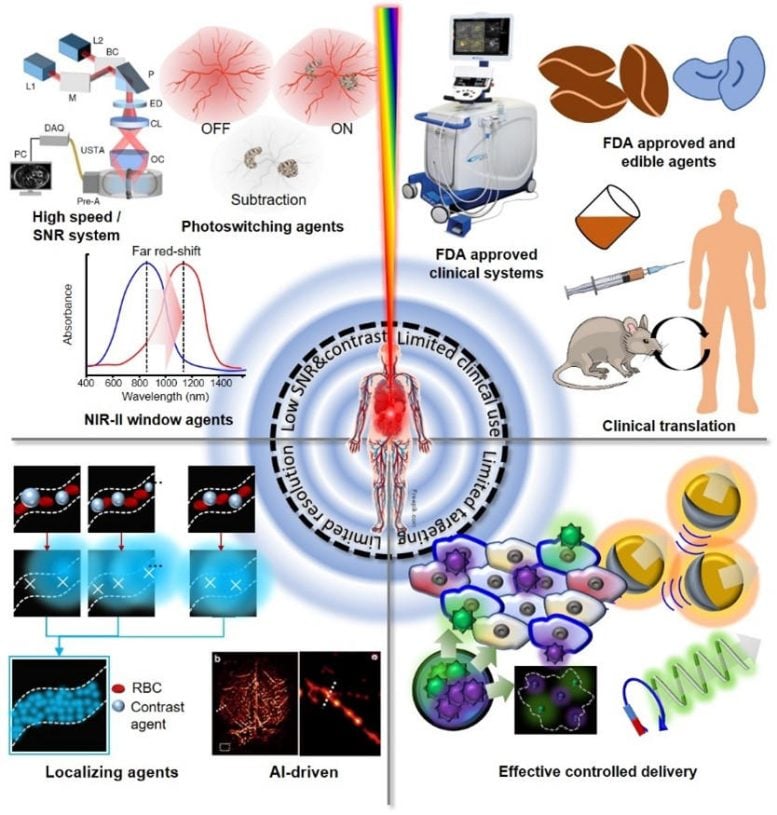
Research image. Credit: POSTECH
It is imperative to identify the limitations of conventional photoacoustic imaging in order to facilitate the advancement of this field. This can be achieved through the development of contrast-enhancing agents, which should be accompanied by high-performance image acquisition systems to address the challenges inherent to photoacoustic imaging.
In this review, the research team surveys the latest four years of research into overcoming the physical and practical challenges of photoacoustic imaging, with respect to SNR/contrast, spatial resolution, targeted delivery, and clinical application. Furthermore, the team provides a detailed analysis of promising strategies for addressing each challenge, such as photoswitching agents, near-infrared-II agents, super-resolution localization agents, or micromotor agents. To encourage further developments in this framework, the team offers suggestions for future research directions that can potentially enable next-generation contrast-enhanced photoacoustic imaging.
Reference: “Recent Advances in Contrast-Enhanced Photoacoustic Imaging: Overcoming the Physical and Practical Challenges” by Wonseok Choi, Byullee Park, Seongwook Choi, Donghyeon Oh, Jongbeom Kim and Chulhong Kim, 16 January 2023, Chemical Reviews.
DOI: 10.1021/acs.chemrev.2c00627
The study was conducted with the support from the National Research Foundation of Korea (NRF) grants funded by the Ministry of Science and ICT (MSIT) and the Ministry of Education, Institute of Information and Communications Technology Planning and Evaluation (IITP) grant funded by the MSIT, Korea Evaluation Institute of Industrial Technology (KEIT) grant funded by the Ministry of Trade, Industry, and Energy (MOTIE), the Korea Medical Device Development Fund grant funded by the Korea government (MSIT, MOTIE, the Ministry of Health and Welfare, the Ministry of Food and Drug Safety) and BK21 FOUR program.

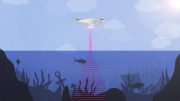
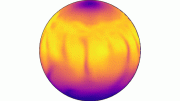

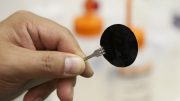
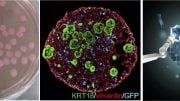
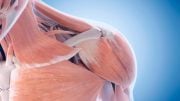
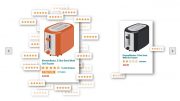

Be the first to comment on "How Contrast-Enhancing Agents Could Revolutionize Photoacoustic Imaging"